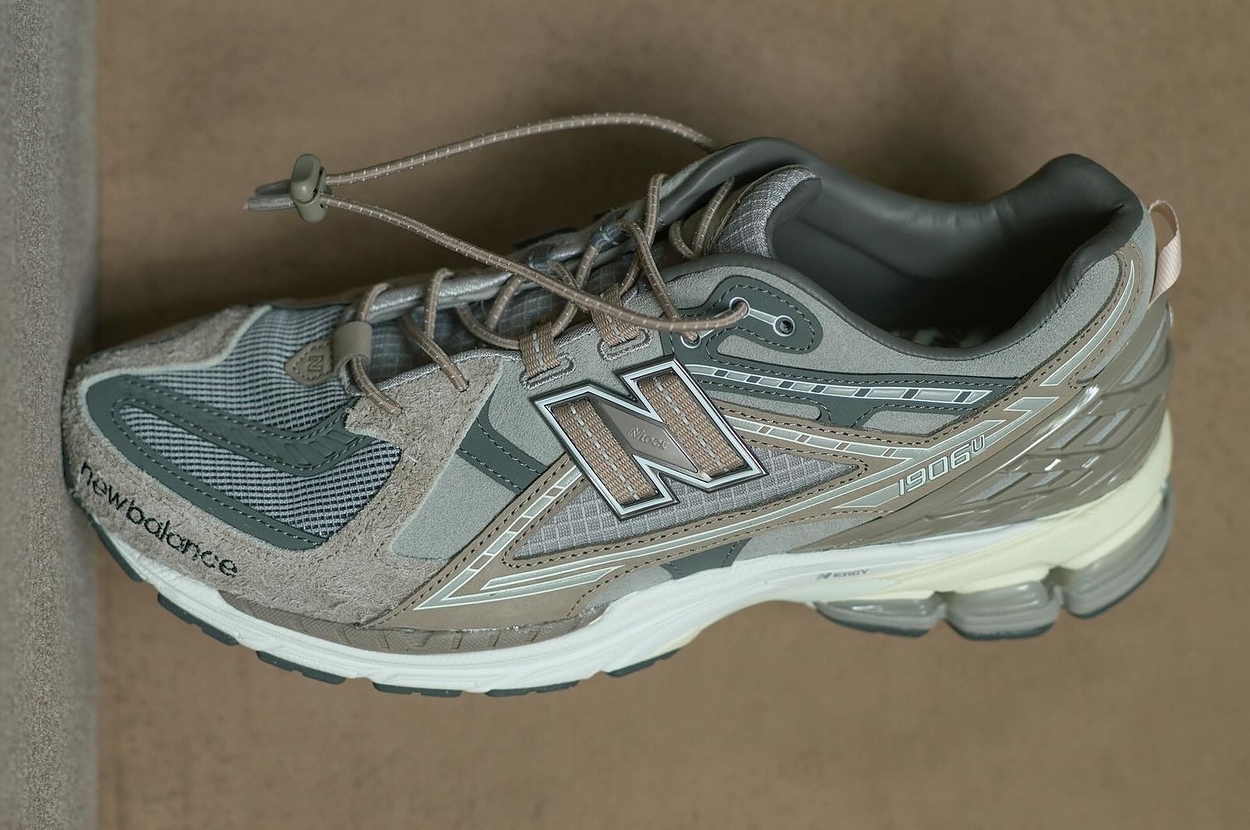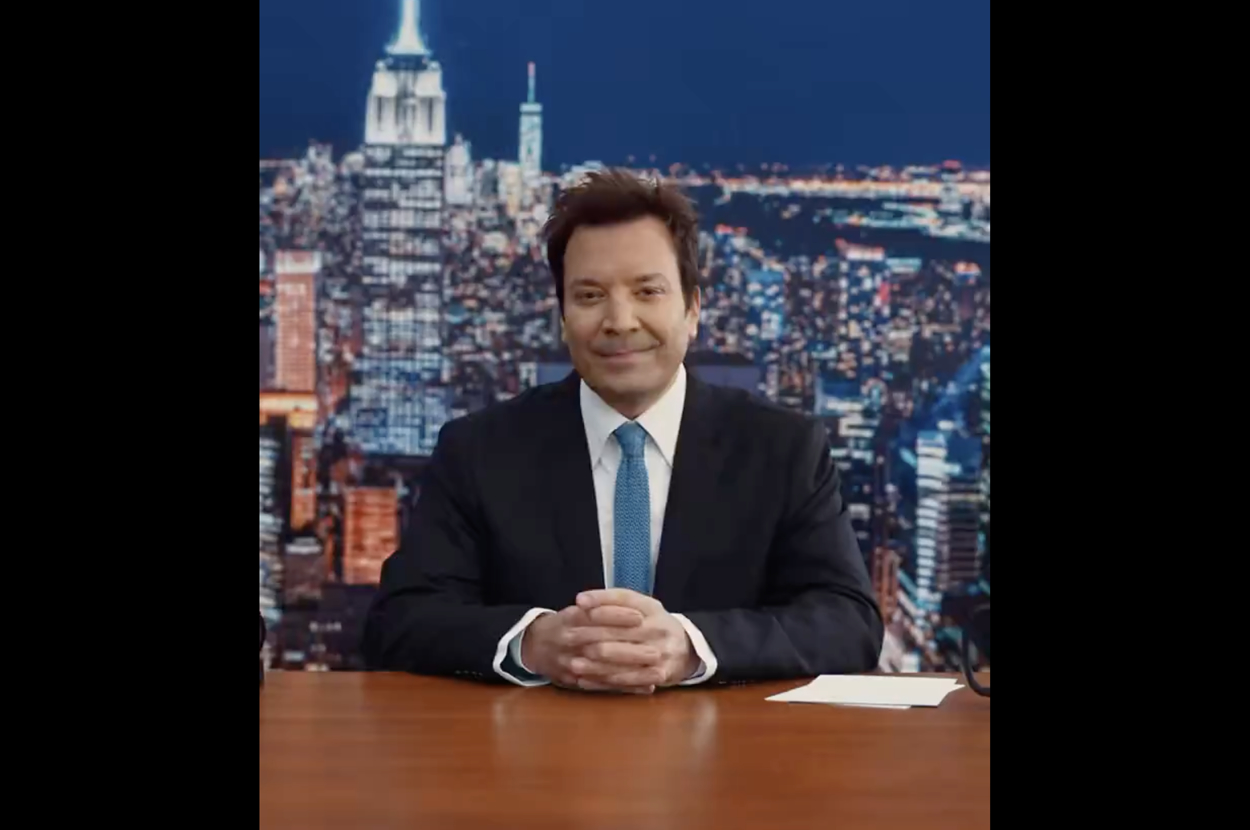A great suit is unlike anything else in your closet—timeless and elegant, certainly, but also difficult to get right. The process of choosing, buying and caring for fine tailoring is often fraught with tough decisions, confusing jargon and conflicting opinions. That’s why we’ve assembled an all-star roster of the world’s most knowledgeable menswear experts to definitively answer all of your sartorial questions. Welcome to GQ’s Ask a Tailor.
Got a tailoring question of your own? Hit us up at [email protected].
Tailored clothing comes from a time when pretty much all clothing was custom-made, and the essential form, construction and fit of a suit hasn’t changed much since. This old-school attention to detail is part of what gives suits their sartorial clout, but it also makes them uniquely unsuited to the modern ready-to-wear retail experience. If, of course, you’re one of the many folks who doesn’t have the exact—and entirely arbitrary—dimensions of a fit model (short kings represent!) you already know this.
The best solution is to have your suit custom-made to the exact dimensions of your body (in a perfect world, all suits would be custom suits) but if this isn’t an option for you, don’t lose hope. We may not live in a perfect world, but with the right know-how and enough time, it’s absolutely possible to find a great-fitting suit off-the-rack. We consulted our roster of tailoring experts for advice on what to look for.
Find a brand that works for you
“I would look for a brand that suits your body type,” offers Matthew Woodruff, creative director at J.Mueser, an NYC-based tailoring shop specializing in custom and bespoke suiting. No two brands fit exactly the same, and most brands have a range of fits in their lineup, so the more suits you’re able to try on, the better your chances of finding one that works. Classic American tailoring brands like Brooks Brothers and J.Press tend to be cut more generously, Woodruff explains, whereas Italian brands like Brunello Cucinelli and Zegna might have a slimmer and longer house style. Additionally, big-name brands J.Crew and SuitSupply are likely to have a wider range of sizes, including short and tall sizes, than smaller indie labels.
Get the essential measurements right
“It’s crucial to get the shoulder width, chest size and jacket length right initially, as these are more difficult and expensive to alter,” offers NYC-based men’s stylist Turner Allen. “Other measurements like sleeve length and waist are important but can be more easily adjusted by a tailor.” The same is true for the trousers, adds Woodruff. “Find something that has the correct rise, because that’s harder to adjust, and get as close as you can in the waist and seat,” he says. “As far as letting in or out the thigh or tapering or widening the leg, those are all more easily serviceable from an alterations standpoint.”
Choose details that work for your body
In addition to finding the right fit, the choices you make about the style and fabric of your suit can also work in your favor. “If you’re on the stockier side, you might want to avoid strong horizontal patterns and lean towards solids or stripes,” says Woodruff. “For bigger guys, wearing the trousers up over the belly can create a longer line and make you appear taller. For shorter guys, having a minimal break on the trousers can make your legs appear longer, and going with a slightly higher rise elongates the legs and creates a nice visual line.”
These guidelines can be helpful in achieving the look you want, but—like everything about clothes—the decision always comes down to what you like. “There are two philosophies on this,” says Woodruff. “In his book, Dressing the Man, Alan Flusser speaks about tailoring to create an average. So if a guy has smaller shoulders, it’s building up the shoulders a little bit to create a more standard shape, for example. The other philosophy is to accentuate those things. So, for a tall guy to just go ahead and wear the vertical stripes and lean into the long, tall look of it.”
Take your time
Whatever it is that you’re looking for—and especially if you’re not quite sure until you find it—the more time you give yourself the better the result will be. “Don’t settle,” says Allen. “It’s rare to find a guy whose favorite suit is one he bought in a rush.”
Read the full article here








